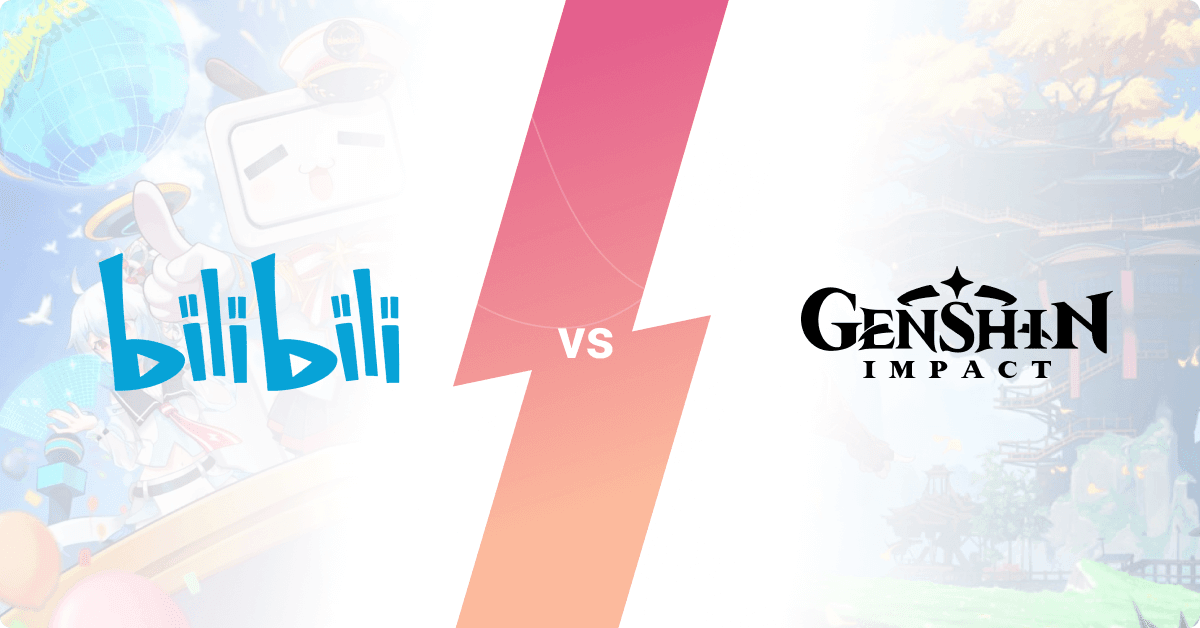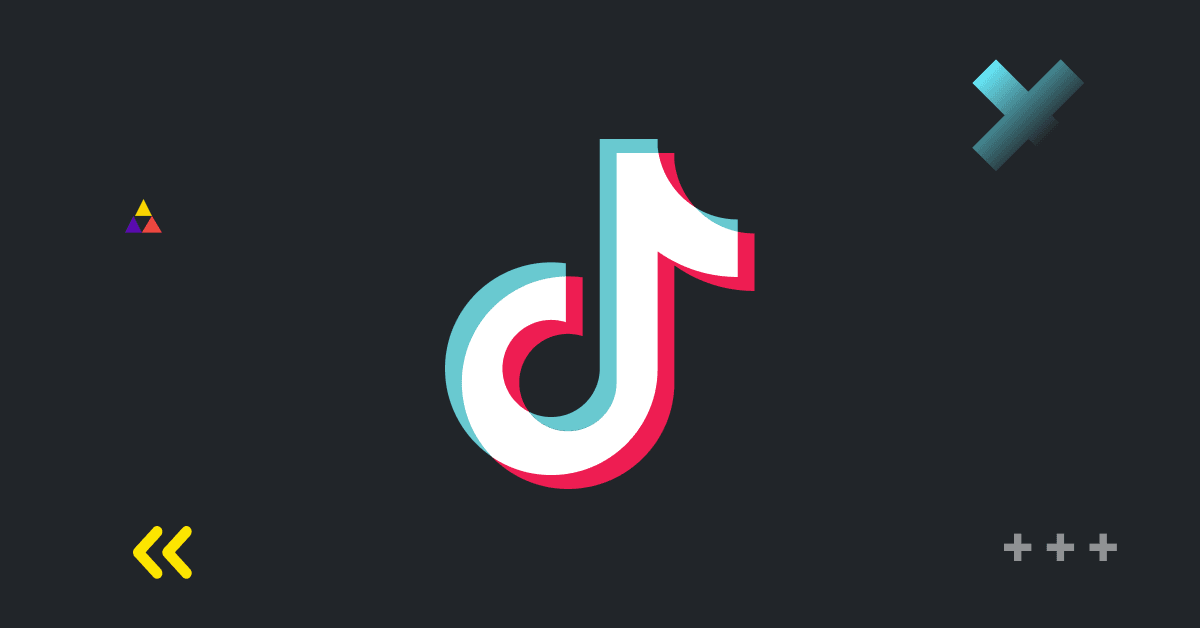Understanding mobile app retention rate is crucial in today’s mobile market. This metric is a vital indicator of user satisfaction and engagement.
But, what precisely is the mobile app retention rate, and how is it calculated? This article simplifies these concepts and offers clear steps to measure and improve your app or game’s retention rate and meet your KPIs.
What is Mobile App Retention Rate?
Mobile app retention rate is a metric that measures the percentage of users who continue to use an app or a game over a specific period after downloading it.
It’s a direct reflection of how engaging and valuable users find your app. A high retention rate means your app consistently meets or exceeds user expectations, and encourages them to stick around.
It’s the opposite of mobile app churn rate.
App Retention Rate Periods
Retention rates can vary based on the time period you’re examining.
For instance:
- Day 1 retention looks at the percentage of users who return to the app one day after the initial download. This early metric is crucial for understanding first impressions and first-time user experience (FTUE).
- Day 7 retention expands this window to a week, giving insights into whether your app remains relevant to users beyond the initial curiosity. It’s usually significantly lower than day 1 retention, especially for mobile games.
- Day 30 retention and beyond (like day 60 or day 90 retention) further dissect user retention over longer periods. It indicates sustained interest and app loyalty.
Each of these app retention rates offers a different lens through which to view user behavior. By tracking user engagement throughout the stages of the user journey, you can implement the right strategies to boost retention.
For example, if your app has low day 1 retention, that means you probably need to improve the onboarding experience or game tutorial. On the other hand, if day 1 and day 7 retention rates are good, but day 30 user retention is too low, that might indicate your app lacks updates, new content, and rewards to keep users interested long-term.
How Do You Calculate Retention Rate of an App?
Calculating mobile app retention rate might sound complex, but it’s pretty straightforward once you get the hang of it.
The app retention formula is:

Retention Rate= [(Number of Users at the End of Period − Number of Users Acquired During Period) / Number of Users at the Start of Period] ×100
Here’s how to break it down step by step:
- Start with the total number of users your mobile app had at the beginning of your chosen period. This could be the start of a day, week, or month, depending on what retention rate you’re calculating.
- Subtract the number of new users acquired during that period. This helps ensure you’re only looking at the retention of existing users, not inflating your numbers with new downloads.
- Find the number of users who are still using the app at the end of the period.
- Divide the result by the number of users at the start of the period, then multiply by 100 to get a percentage.
App Retention Example
Let’s say you’re calculating Day 7 retention rate for your app. You start the week with 1,000 users, acquire 200 new users during the week, and have 800 users remaining at the end.
Retention Rate= [(800−200) / 1000] ×100
Retention rate= (600 / 1000) x100
Retention rate= 0.6 x100
Retention Rate= 60%
This means 60% of your existing user base continued to use the app one week after downloading it. It indicates how well your app retains users over that initial week.
Simple, right?
Mobile App Retention Rate Calculator
Need a quick and easy way to calculate app retention rate? User our free app retention calculator!
Mobile App Retention Strategies
To improve your app’s user retention, use these proven strategies:
1. Optimize the First-Time User Experience
A significant factor in app retention is the initial user experience. Apps lose 77% of their daily active users within the first three days after install, which emphasizes the importance of a strong first impression. (Data source: Business of Apps)
When users start their first session in your app, they want simplicity and logic.
Moreover, if you require them to register, make it as quick as possible. You can do that by including social login options (Facebook, e-mail).
Finally, don’t overwhelm them with all the features the app has. Focus on the most important ones and let them explore the app themselves.
2. Personalized Content and Recommendations
Personalization plays a crucial role in user engagement and retention. Brands using personalized in-app messages experience retention rates between 61% to 74% within 28 days, significantly higher than generic campaigns. (Data source: AppsFlyer)

3. Gamify Your App
Mobile games tend to have better engagement than mobile apps. That’s why many leading apps like Duolingo and Tinder have found success by implementing gamification features like leaderboards, mini-games, quests, and progression systems.
4. Frequent Updates and Feature Releases
The main reason why users leave apps is that they get bored. This happens if your app is repetitive and doesn’t have enough diverse content to keep them enthusiastic.
The practice of regularly updating apps can positively affect user retention. This is particularly important for mobile games. Make sure to add new content and events to keep players interested long-term.
5. Engage Users with Push Notifications
Properly implemented push notifications are an essential component of app marketing strategies. According to Urban Airship, if you start sending push notifications right now, you can increase your 90-day retention by 190%.
Just make sure to get users’ permission, write compelling messages, and make the notifications relevant or rewarding for users.
Don’t send out generic in-app messages and push notifications. The least you can do to personalize them is to segment users into groups. For example, you can segment them by age, gender, interests, location, purchase history, app activity, etc.
6. Offer Incentives for Return Visits
Incentivizing users to return can also enhance retention. Think daily login rewards, special event perks, new content, battle passes, etc.
The timing of these rewards is essential, so make sure to test it.

7. Encourage Social Sharing
The integration of social features in your app or game can foster community and increase app visibility, indirectly supporting retention.
Connect or compete, it doesn’t matter, we people love both. This is the advantage you’ve been looking for. While it is true that some apps are profitable without a single social element, for the most part, this isn’t true.
8. Gather and Act on User Feedback
Proactively engaging with users and addressing their feedback has been shown to significantly increase retention rates. For example, apps that engaged more with their consumers saw a 30-day retention rate increase to 67%, more than three times the industry average. (Data source: AppsFlyer)
9. Monitor and Analyze User Behavior
Understanding user behavior through app analytics is key to identifying drop-off points and improving the user journey. Engaging idle users at critical stages and incorporating their feedback can further smoothen app flow.

10. Create a Community Around Your App
Finally, fostering a sense of belonging among users can contribute to higher retention rates by enhancing user engagement and loyalty.
What Is a Good Retention Rate for an App?
Determining what constitutes a good app retention rate can vary widely depending on the app’s industry, target audience, and specific functionalities. However, there are some benchmarks that can provide a general guide.
General App Retention Benchmarks
The average retention rates often cited in the industry fall around 20% after the first 30 days. However, this can fluctuate based on the type of app. A Day 1 retention rate above 25% and a Day 30 rate around 4-10% are commonly seen as acceptable.
Context Matters
A good retention rate also depends on whether the installs are organic or non-organic, with organic installs typically showing higher retention rates. Moreover, the geographic location of your user base can affect what is considered a good retention rate, as user behavior varies across different regions and countries.
It’s crucial to compare your app’s retention rates with those of similar apps within the same industry to set realistic and achievable targets.

Mobile App Retention Rate Benchmarks by Category
Here’s a summary of mobile app retention statistics by category, highlighting the average day 1 and day 30 retention rates where available. These benchmarks from Adjust provide insights into user engagement and loyalty across different app types:
Mobile Games Retention
- Day 1 Retention: 29%
- Day 30 Retention: 6%
Gaming apps led in day 1 retention rates in 2023 but saw a decline by day 30, reflecting a strong initial engagement that tapers off over time.
Health & Fitness
- Day 1 Retention: 24%
- Day 30 Retention: 7%
Health & Fitness apps showed significant improvement in retention, indicating growing user commitment to health-related activities and content.
Lifestyle Apps
- Day 1 Retention: 26%
- Day 30 Retention: 9%
This app category dominated the day 30 retention benchmarks, suggesting strong user loyalty and ongoing engagement with financial and lifestyle content.
E-commerce
- Day 1 Retention: 19%
- Day 30 Retention: 5%
E-commerce apps face challenges in maintaining long-term user engagement, with a considerable drop in retention by day 30.
Travel Apps
- Day 1 Retention: 15%
- Day 30 Retention: 4%
- Travel apps, while essential for planning and booking, tend to have lower retention rates, likely due to their occasional use nature.
Food & Drink Apps
- Day 1 Retention: 12%
- Day 30 Retention: 3%
Food & Drink apps also exhibit a pattern of declining engagement, with low retention rates by day 30, reflecting the competitive and varied nature of this category.
Social Apps
- Day 1 Retention: 23%
- Day 30 Retention: 7%
Social apps maintain a moderate level of user retention, which indicates an ongoing engagement with social media and networking platforms.

Boost App Retention with Udonis
Boost your app retention with Udonis, a user acquisition agency that specializes in apps and games.
Our targeted ad campaigns are designed not just to attract new users but to ensure they stay engaged over time.
With Udonis, you’re investing in sustainable growth and improved retention rates, which drive both app store performance and profitability. Let us help elevate your app or game to new heights with our expertise in user acquisition and retention.







Comments